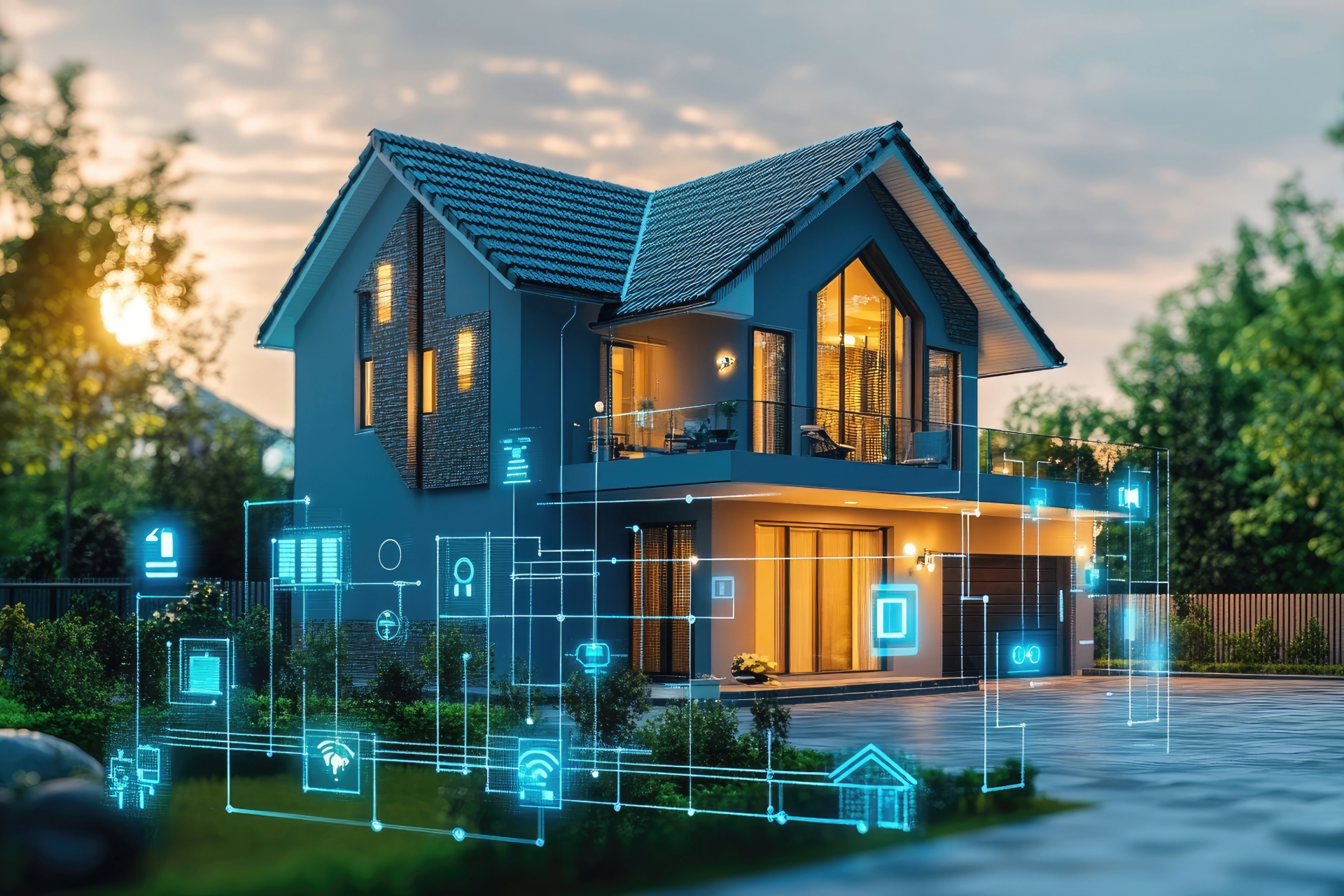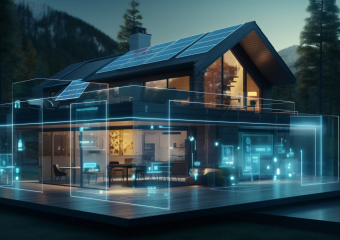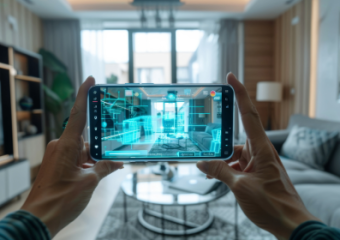The Connected Home: Top Smart Features Buyers Expect in New Builds
The connected home has rapidly evolved from a futuristic concept to a mainstream expectation among today’s homebuyers. As technology continues its steady march forward, new builds are incorporating a variety of smart features designed to enhance comfort, convenience, security, and energy efficiency. For buyers, these features are no longer just nice-to-haves; they are often critical decision-making factors when choosing their next home. Understanding the top smart features that prospective buyers expect can help builders, developers, and real estate professionals stay competitive in a market increasingly driven by technology.
Why Connected Homes Are the Future of Living
Connected homes integrate various digital devices and systems within a residence, allowing homeowners to control or monitor their environment remotely via smartphones, voice assistants, or automated routines. This integration not only provides convenience but also streamlines home management, reduces energy consumption, and boosts safety. As society becomes more connected through mobile devices and wireless networks, buyers naturally seek homes that can keep pace with their digital lifestyles.
Essential Smart Features Buyers Expect in New Builds
1. Smart Security Systems
Home security remains a top priority for buyers, and smart security systems have become standard expectations. Features such as video doorbells, motion detectors, smart locks, and indoor/outdoor cameras offer an unprecedented level of control and peace of mind. Buyers want to be able to monitor visitors, grant remote access to guests or service providers, and receive instant alerts about suspicious activity—all accessible through a dedicated app.
2. Voice-Controlled Assistance
Voice assistants like Amazon Alexa, Google Assistant, and Apple’s Siri have moved beyond novelty to form the hub of many connected homes. New homebuyers expect smart speakers or integrated voice control in key areas such as the kitchen and living room. This technology simplifies tasks like adjusting lighting, changing music, setting reminders, or controlling other smart devices hands-free.
3. Smart Thermostats and Climate Control
Energy efficiency and convenience are driving the popularity of smart thermostats. Buyers want systems that learn their routines, adjust temperature settings automatically, and can be controlled remotely. These thermostats not only reduce utility costs but also enhance comfort by ensuring the home is at the ideal temperature when residents are present.
4. Integrated Lighting Systems
Lighting is one of the easiest ways to improve ambiance and functionality through smart technology. Buyers often look for homes with pre-installed smart lighting systems that support dimming, color changes, scheduling, and remote control. Integrating lights with sensors that turn them on or off based on occupancy also adds an eco-friendly touch.
5. Smart Appliances and Home Automation
Modern homebuyers appreciate smart kitchen and laundry appliances capable of remote monitoring and operation. Refrigerators with internal cameras, ovens that preheat on command, and washing machines that notify users when cycles are complete are increasingly sought after. Beyond appliances, broader home automation, such as motorized window shades or irrigation systems, further enhances convenience and efficiency.
6. High-Speed Internet and Network Infrastructure
A connected home relies on a robust network backbone. Buyers expect new builds to include hardwired Ethernet connections, Wi-Fi 6 compatibility, and mesh network systems that provide fast, reliable internet throughout the entire house. Given the rise of work-from-home arrangements and streaming entertainment, stable connectivity has become a baseline requirement.
7. Energy Monitoring and Solar Integration
With sustainability top of mind, many buyers are looking for smart energy monitoring systems that track electricity usage in real time. Coupling these with solar panel systems and home battery storage can dramatically reduce reliance on the grid and lower monthly bills. This green-friendly technology is not only attractive to eco-conscious buyers but also adds long-term value.
How Builders Can Stay Ahead
Builder and developers who incorporate these smart home features during the construction phase can significantly increase buyer appeal. Pre-wiring for smart devices, partnering with trusted technology providers, and showcasing these features in model homes can make a marked difference in marketability. Furthermore, offering customization packages lets buyers tailor their smart home experience to fit individual preferences and budgets.
The Buyer’s Perspective: Convenience Meets Lifestyle
For today’s homebuyers, smart home technology is about much more than gadgets—it’s about creating a lifestyle that offers ease, comfort, and security. These buyers want seamless experiences where technology fades into the background but keeps everyday life running smoothly. Whether it’s starting the coffee maker with a voice command or feeling secure with smart surveillance, connected homes are redefining what it means to feel “at home.”
Conclusion
The connected home represents the future of residential living, and smart features have transitioned from luxuries to essentials in new home construction. Buyers demand homes that are secure, energy-efficient, and easy to control with digital convenience. Builders who integrate these top smart features into new builds stand to attract more buyers and deliver homes that truly meet the needs of modern living. As technology continues to evolve, the connected home will only become smarter, more intuitive, and even more compelling to today’s discerning buyers.







